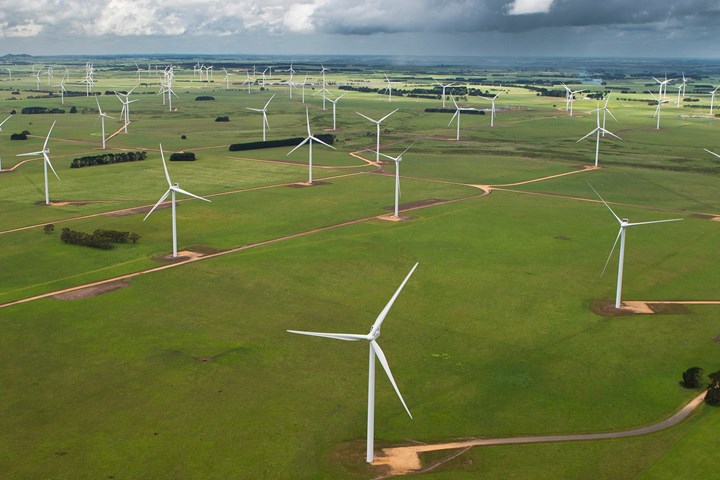U.S. Production Tax Credit extended one year
The PTC is targeted directly at developers of wind farms and extends the previous legislation that was phased out and expired at the end of 2019.

The new 2020 PTC provides a tax credit of 1.5 cents per kilowatthour of wind energy generated during the first 10 years of a wind farm’s life. Source | Vestas
The U.S. House of Representatives and the U.S. Senate, at the end of 2019, passed legislation that extended by one year the wind energy Production Tax Credit (PTC). President Donald Trump signed the bill into law.
The PTC is designed to reduce the cost of operating wind farms, thereby incentivizing their development and construction. The PTC provides wind farm operators with a tax credit per kilowatthour of renewable electricity generation for the first 10 years a wind farm is in operation.
The one-year extension builds on the previous PTC, which was passed in 2013 and provided a maximum tax credit of 2.3 cents per kilowatthour. The value of that PTC was gradually reduced beginning in 2017 and expired on Dec. 31, 2019. The new 2020 PTC provides a tax credit of 1.5 cents per kilowatthour.
“This bipartisan bill is a major win for American consumers,” says Tom Kiernan, CEO of American Wind Energy Assn. (Washington, D.C.). ‘It means more business for over 500 U.S. factories building wind turbine components, and it means more opportunities for job creation and economic development in the rural communities hosting wind farms. We appreciate that Congress has recognized wind and other renewable's role in building a strong economy while also reducing carbon emissions."
Related Content
-
RTM, dry braided fabric enable faster, cost-effective manufacture for hydrokinetic turbine components
Switching from prepreg to RTM led to significant time and cost savings for the manufacture of fiberglass struts and complex carbon fiber composite foils that power ORPC’s RivGen systems.
-
Polar Technology develops innovative solutions for hydrogen storage
Conformable “Hydrogen in a Box” prototype for compressed gas storage has been tested to 350 and 700 bar, liquid hydrogen storage is being evaluated.
-
Infinite Composites: Type V tanks for space, hydrogen, automotive and more
After a decade of proving its linerless, weight-saving composite tanks with NASA and more than 30 aerospace companies, this CryoSphere pioneer is scaling for growth in commercial space and sustainable transportation on Earth.






